- Mon - Fri:
9:00am – 9:00pm
- Call Us:
+1-702-268-6636
- Language:
English
- Currency:
$USD
+1-702-268-6636
English
$USD
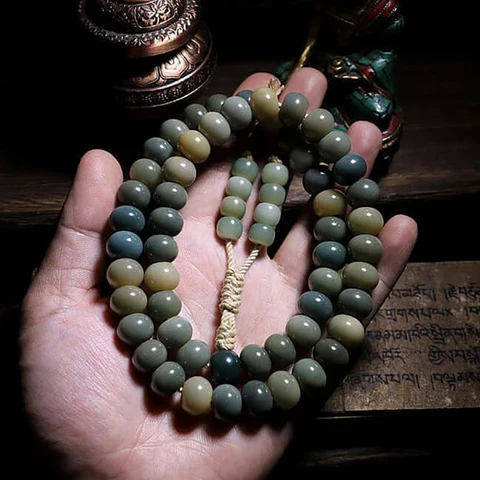
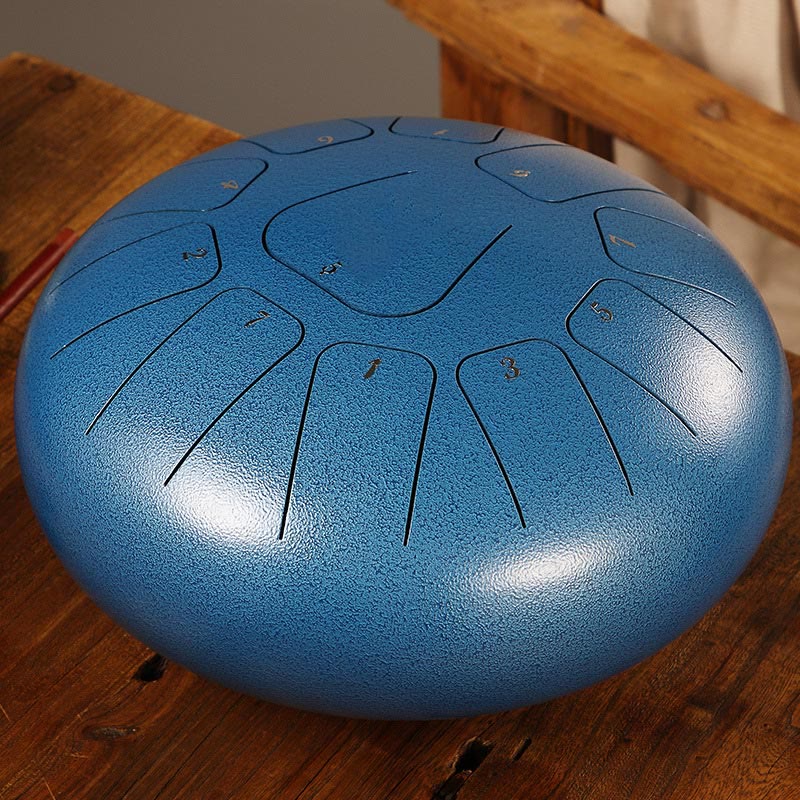
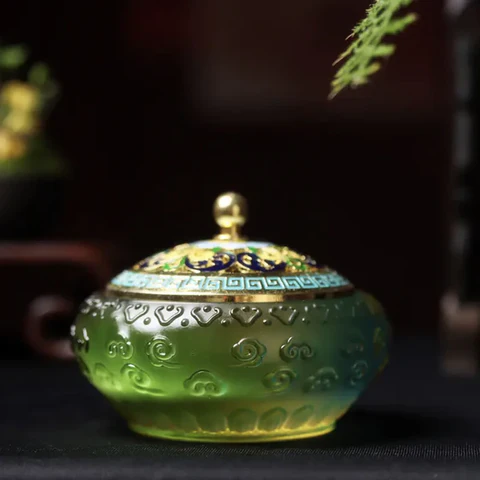
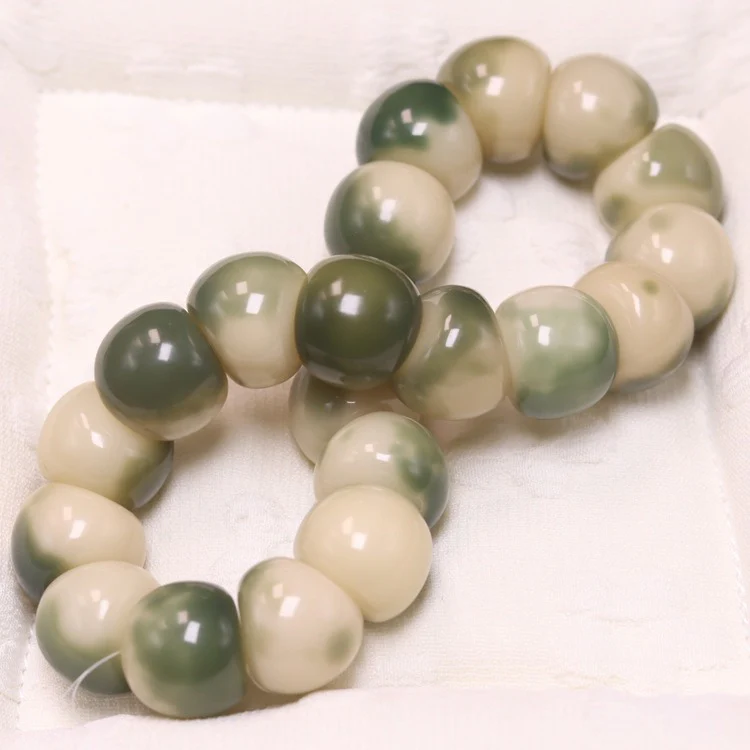
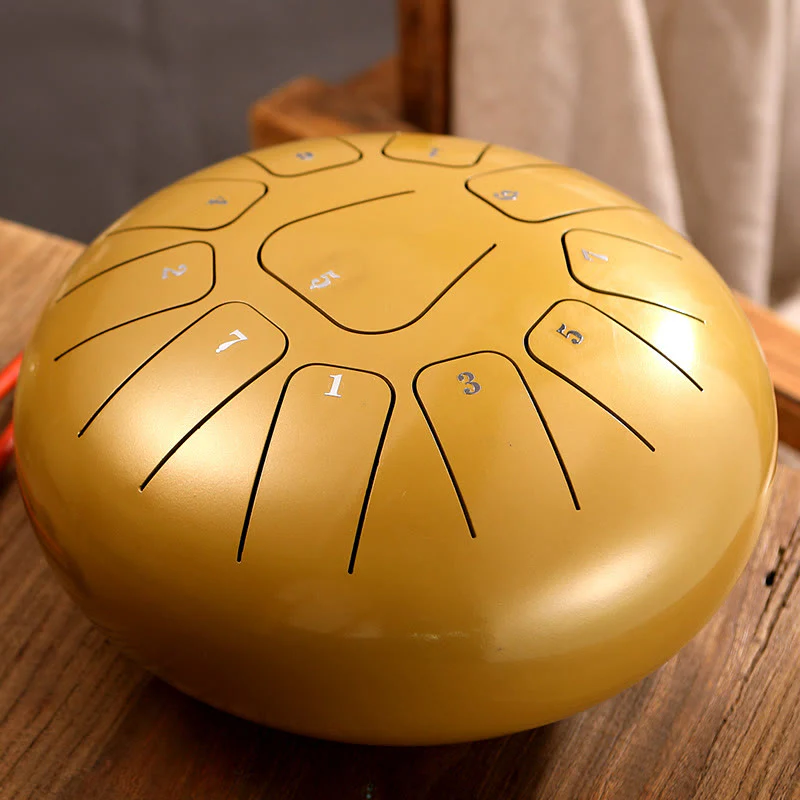
Follow us to learn more about energy growth
Rooted deeply in the Buddhist tradition, the prayer wheel holds profound significance as both a sacred object of devotion and a tool for meditation. It is one of the most recognizable symbols of Tibetan spirituality, embodying centuries of wisdom, compassion, and ritual practice. In this guide, we’ll explore what a prayer wheel is, its meaning, how to use it, and the spiritual benefits it offers.
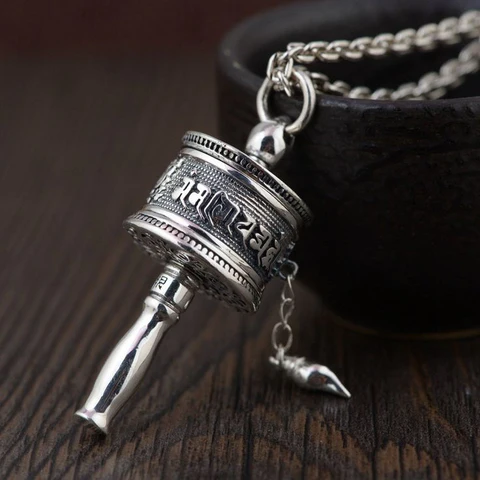
In Tibetan Buddhism, prayer wheels—often called “mani wheels”—are sacred instruments designed to spread prayers and blessings across the world. At their core, these cylindrical devices house sacred texts, mantras, and prayers, most notably the mantra Om Mani Padme Hum. These inscriptions are carefully written on strips of paper or parchment and wound around a central spindle inside the wheel.
The exterior of the wheel is often beautifully decorated with traditional symbols, intricate carvings, and sometimes adorned with precious metals or jewels, reflecting the richness of Tibetan culture and spirituality.
Each clockwise rotation of the wheel is believed to release the blessings and compassionate intentions of the mantras it contains, sending them into the universe for the benefit of all beings. Prayer wheels can be handheld, mounted in rows along temple walls, or placed in large installations in monasteries where they are spun during rituals and daily prayers.
Prayer wheels symbolize the spreading of compassion and blessings in all directions. Every turn of the wheel is considered the equivalent of reciting the prayers inside, allowing practitioners to generate merit, purify negative karma, and strengthen their spiritual connection.
The circular movement represents the cycle of existence—birth, death, and rebirth—reminding practitioners of the interconnectedness of all life. Spinning the wheel becomes both a meditative act and a symbolic offering of positive energy to the world.
Using a prayer wheel is a simple yet deeply mindful practice:
The practice of spinning a prayer wheel can bring many spiritual and emotional benefits:
The Tibetan prayer wheel is more than a ritual object—it’s a living symbol of compassion, mindfulness, and the boundless power of intention. By engaging in this simple yet profound practice, practitioners can send waves of positive energy into the world while deepening their own spiritual journey. May the turning of the wheel inspire a path of wisdom, kindness, and peace for all beings.
